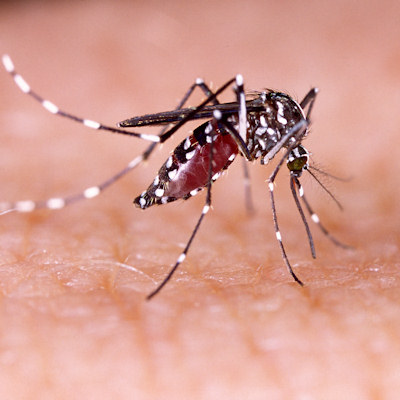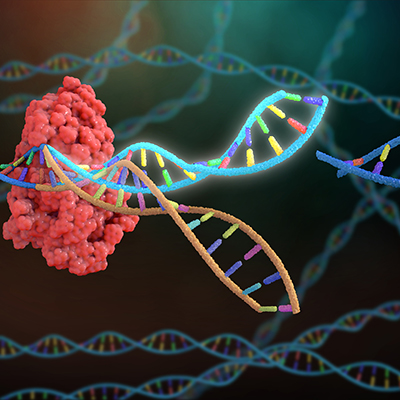May 10, 2023 -- Researchers have combined a cytokine and an antibody to generate inflammatory responses against viruses while minimizing tissue damage.
The cytokine, IL-2, has pro- and anti-inflammatory effects depending on the context. The mechanisms of action have spurred interest in using IL-2 in a range of therapeutic contexts, including as a treatment for acute respiratory infections such as influenza, pneumonia, respiratory syncytial virus, and coronaviruses. However, the cytokine can drive uncontrolled inflammation that causes tissue damage and organ failure.
"Cytokines can do good things, and they can do bad things," Tara Strutt, an assistant professor at the University of Central Florida, said in a statement. "For example, during severe infections, an overactive immune response can trigger a cytokine storm, a condition in which excess cytokine production leads to uncontrolled inflammation."
To improve the risk-benefit profile of IL-2, Strutt and other researchers at the University of Central Florida combined the cytokine with an antibody. The antibody binds to a specific part of the cytokine to form a complex. With the antibody attached, the binding of IL-2 to two receptors is altered.
The presence of the antibody inhibits binding to the beta chain of the IL-2 receptor, CD122. However, the IL-2–antibody complex can still target subsets of cells that express the alpha chain of the IL-2 receptor, CD25. The creation of a complex that specifically targets IL-2 to CD25 is based on evidence that limiting engagement to the alpha chain of the IL-2 receptor may improve outcomes.
In a paper published in The Journal of Immunology in 2020, the University of Central Florida team showed that the IL-2–antibody complex triggered an inflammatory response that improved immunopathology in the lungs of mice after infection with the influenza A virus. Mice treated with the complex had reduced bronchial inflammation compared to the control animals.
Treatment with the IL-2–antibody complex also promoted the formation of memory CD4 T cells after viral infection. CD4 T cells, also known as helper T cells, produce and secrete specific cytokines that act as immune system messengers. Activated by viral infections, the cells release the T cell growth factor IL-2 and unleash its pro- and anti-inflammatory effects.
Based on the preclinical data, the IL-2–antibody complex may simultaneously enhance antiviral immune responses, protect against tissue damage, and encourage formation of pathogen-specific T-cell memory. The researchers have made the technology available for licensing and are exploring how memory T-cell responses function during pregnancy, reflecting the risks that viruses pose to pregnant women.
Copyright © 2023 scienceboard.net











